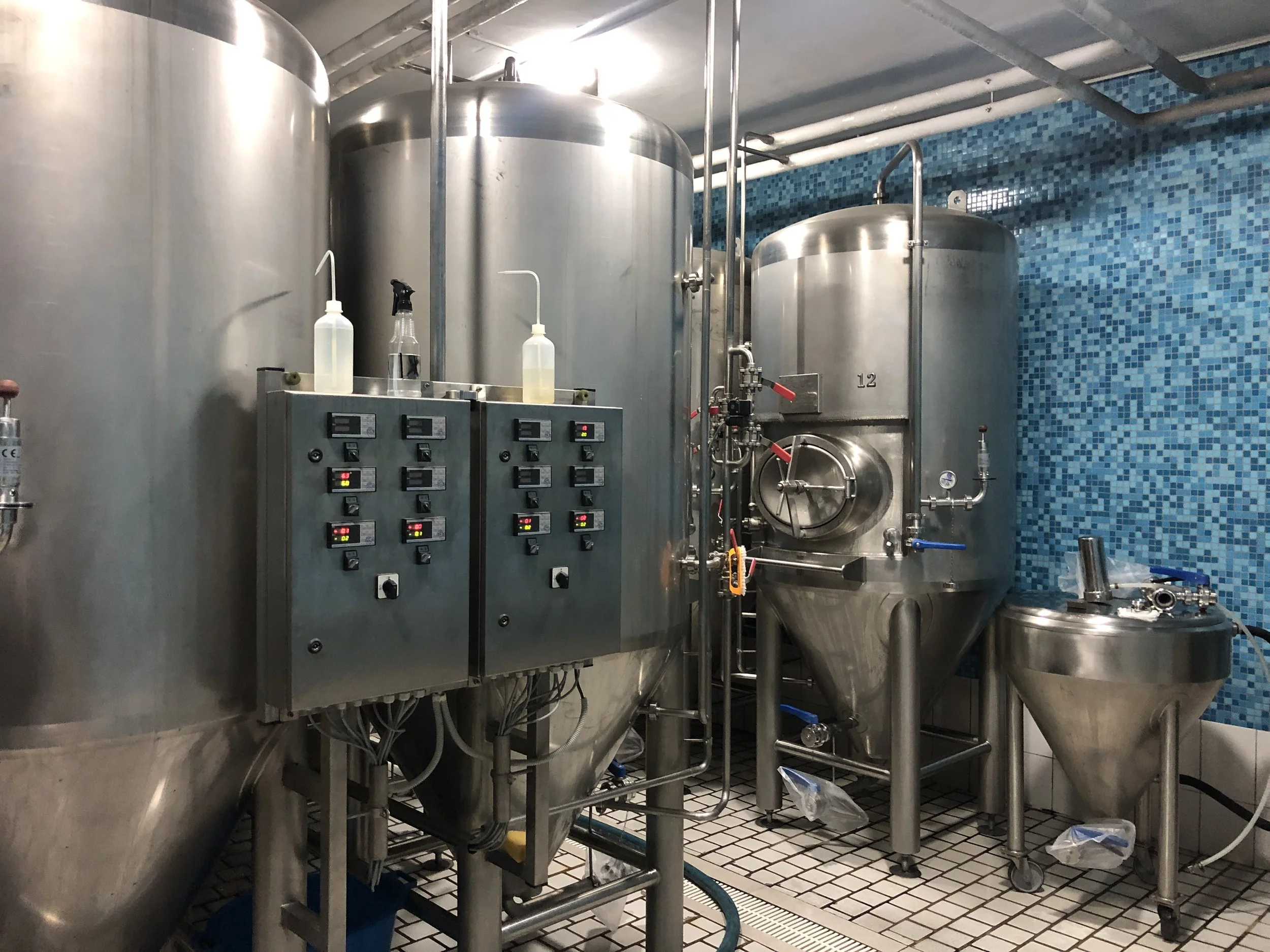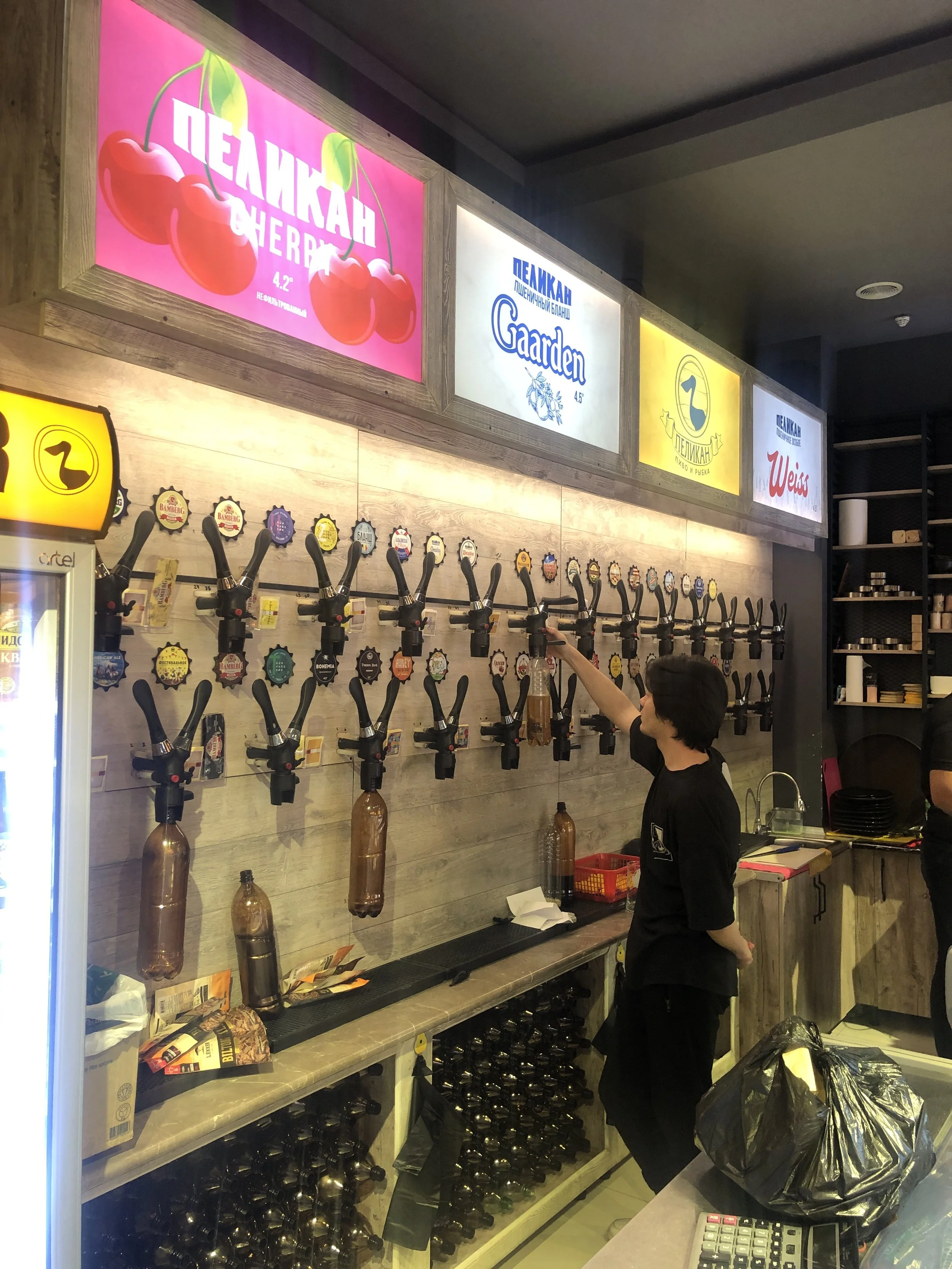Craft beer culture in Uzbekistan
Visitors coming to Uzbekistan are keen to learn more about its history, food, customs and natural landscapes. What surprises many is that the country also has an emerging craft beer culture with many small-scale breweries that are busy creating unique brews and flavours. Beer blogger and freelance journalist Jonathan Gharbi de Mare has explored the Uzbek craft beer scene and is ready to give us a full report.
What is craft beer? The craft beer trend started around 2000 and has spread all over the world, reaching Central Asia about five years ago. The largest commercial breweries have long dominated the beer market with light, industrially made lagers. Craft beer, on the other hand, is made in small quantities, with more diverse ingredients and unique recipes developed by each brewery. Beer styles like India pale ale (IPA), which can contain up to 10–20 times more hops than a regular lager, paved the way for the craft beer movement. Then came stouts and porters made from heavily roasted malt, which gives them an intense black colour and notes of chocolate and coffee. There are over one hundred varieties of hops and malts, so the combinations are endless. As of today, there are over 300,000 different IPAs in the world.
While commercial breweries typically brew 100,000 litres per day, many craft breweries make only 50–2000 litres per day. The names of microbrews are often humorous and catchy; labels are frequently re-designed for each new concoction. Being a craft brewer is like being a chef in an exclusive restaurant – consumers have high expectations and focus on the quality and flavour of the beer. Long ago, beer drinkers had one favourite beer, and that was it, but today beer aficionados love to sample new beers, so creativity and passion are prerequisites for craft brewers. When entering a craft beer bar, you find people of all ages – men as well as women, tourists as well as locals. Tourists coming to Uzbekistan are beginning to learn about the local craft beer scene, but language barriers and the lack of information makes it hard to find quality brews here. So, where should a thirsty visitor go if he wants to sample some of Uzbekistan’s new microbrews?
You can start by visiting one of Tashkent’s craft beer bars to get an overview of what’s available. At Pelikan (which has several outlets in the city, including one on Mirabad Avenue and another near Eco Park) and Beerkovich (also on Mirabad Avenue) you can choose from 20-40 beers on tap, many of which are locally crafted microbrews featuring lots of hops, malt and flavour. The menus are often digital because the beers change so frequently, and some specialty items are delivered in a single keg (about 2o litres). These bars also import craft beers from the region, mainly from Shymkent, a town just across the border in Kazakhstan. There are also smaller craft beer shops like Khmelnoy Butik that only offer craft brews for purchase and takeaway.
If you wish to visit a local craft brewery and sample its products, start with Craft Beer, the largest craft brewery in Uzbekistan, where they have created almost one hundred distinct beers. The brewery is in an industrial area south of Tashkent, where they also have their own restaurant. At Craft Beer, new beers are continually being developed by the head brewer, Albert Musin, who says that consumers are changing their views on beer and constantly demand more flavour and new styles. Each beer is crafted with its own recipe and distributed in small amounts to dedicated bars and restaurants. The brewery can produce up to 5000 litres per day.
During our visit at Craft Beer we tried almost 20 different beers: German lagers, ales, honey and cherry ales, IPAs, an American pale ale, porters, wheat beer, red stout and a Belgian ale. Is it possible to bring home a recipe and brew the same beer in another country, we asked Albert. He explained that there are so many factors that affect the flavour of beer – the mineral content of the water, the amount of hops and malt, cooking time, fermenting temperature, type of yeast, storage method – that it’s almost impossible to replicate a beer exactly in a different location. The characteristics of the water, especially, are distinctive, which is why a famous beer like Pilsner Urquell can be brewed to perfection only in its native Prague using local water.
Once people start to drink craft beer, they rarely go back to watery, industrially produced beers, not only because of their superior flavour, but also because the drinker forms a local connection with the beer and the history behind its manufacture. It’s no wonder, then, that craft beers have been gaining in popularity all over the world. In Sweden, for example, the number of craft breweries went from 40 to 500 in just 10 years, and some breweries have created over one hundred different beer types. Today, they are fewer than 10 craft breweries in Uzbekistan, but in 2–3 years’ time, we wouldn’t be surprised if they’d doubled. And we very much look forward to trying out each new frothy formulation that they will bring to market.





